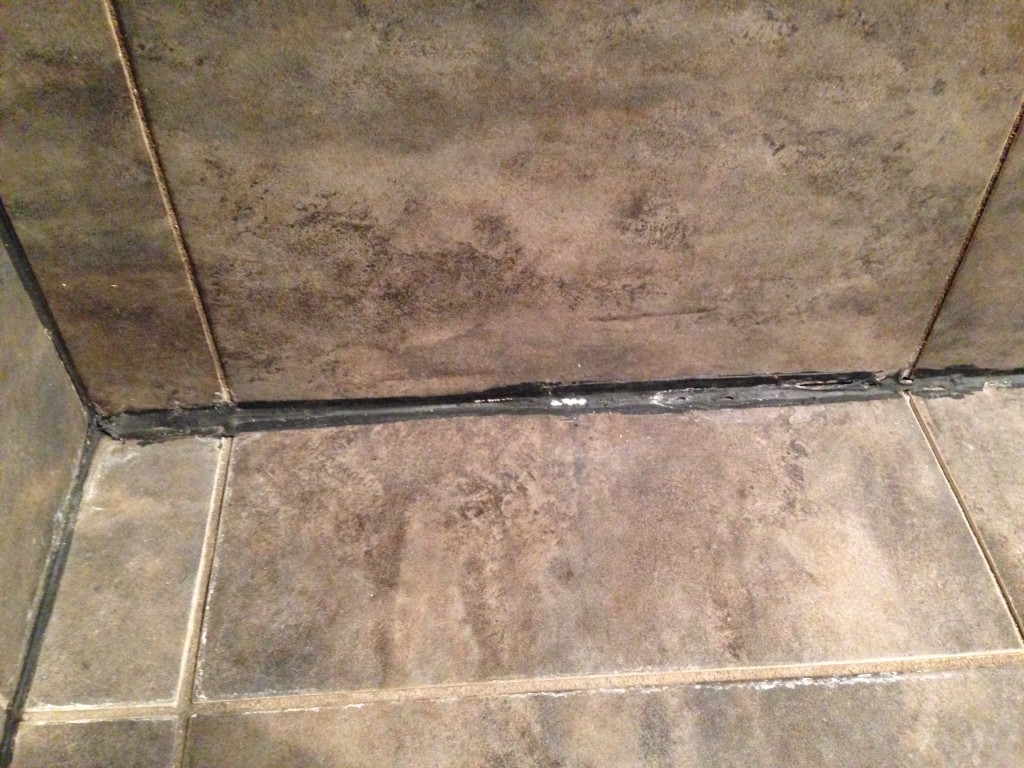Hardwood Stumps
Class I Hardwood timber stumps (Ironbark, Tallowood, Blackbutt, Spotted Gum) were the predominant form of structural support for the original forms of construction in Queensland i.e. character and federation era properties. Because of their durability and strength, they were not treated with any form of preservative and to this day are still allowed to be used without preservative. They were roughly used between the period 1880-1935. Without expert analysis, it is not possible to determine on any one site, what timber species is in place. Over many years, because of the dwindling supply of class I variety timbers, there has been a steady incline in the use of timbers that are less durable and obviously this hastens the deterioration rate of the timber. The constant ground contact a stump maintains provides an excellent opportunity for white hands to access the upper levels of a property in a concealed manner and often Queenslanders with timber stumps fall victim to this method of termite entry into the structure. To prevent this stumps can be drilled every year or two to check that it is not hollow. A hollowness in the stump would suggest termite activity may be present causing the hollowing of the stump.
Where decay and deterioration is noted at the base of a stump it is probable that what is visually accessible represents only a portion of what may actually be deteriorated. Often property owners will “pack” the top of timber stumps when they slump through deterioration, which is caused by decay and/or termite activity normally, to maintain contact between the bearer and the top of the stump and therefore support the structure. This is akin however to putting a plaster on a cut that requires stitches, as the stump will only continue to deteriorate and drop. Once a stump sags away from its bearer, the obvious fact is that it is no longer anywhere near as strong as it was when it was originally put in and being of a timber material will not get better and adversely deteriorate further and probably more rapid. The failure of one or some isolated pier hardwood stumps will obviously considerably affect the appearance of a structure, as there will be unevenness in the bearers and exterior cladding material. As some hardwood stumps stay in their original position and others deteriorate and drop naturally the bearers that sit on top of the stumps will follow course and this oftens subsequent materials to display and unevenness. An example of where this can occur is the weather board or chamfer board cladding. It is strongly recommended that any stumps showing failure and dropping away from their original position, in order to eliminate the risks of other material deterioration occurring, be replaced immediately with a new stump, natural compromise and service life. To maintain character with older houses, treated pine stumps are often used as replacements or for new homes.
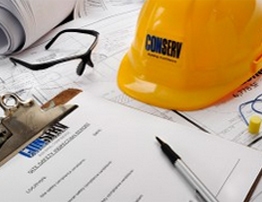
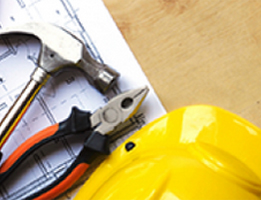


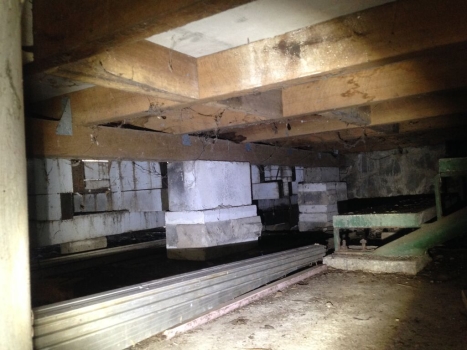


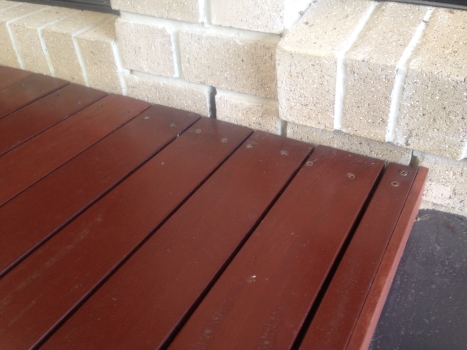
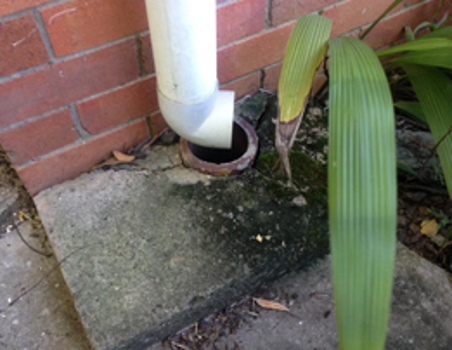 All too often during our inspections we identify areas which are conducive to the collection of retained ground moisture near a structure. Elevated moisture levels are known to provide conditions favourable to Timber Pest activity, particularly termites, and it is vital that every effort be made to avoid these risks. The most common causes of retained ground moisture are inadequate surface water drainage, downpipes not connected to drainage outlets, no gutters in place for roofing areas, outlet pipes for air conditioners, relief and overflow valves for hot water cylinders, corroding and join leakages of gutters and downpipes, defective or incomplete flashing and plumbing for rainwater tanks leaking. These are all issues which can be, and should be rectified, if they are in existence at a property.
All too often during our inspections we identify areas which are conducive to the collection of retained ground moisture near a structure. Elevated moisture levels are known to provide conditions favourable to Timber Pest activity, particularly termites, and it is vital that every effort be made to avoid these risks. The most common causes of retained ground moisture are inadequate surface water drainage, downpipes not connected to drainage outlets, no gutters in place for roofing areas, outlet pipes for air conditioners, relief and overflow valves for hot water cylinders, corroding and join leakages of gutters and downpipes, defective or incomplete flashing and plumbing for rainwater tanks leaking. These are all issues which can be, and should be rectified, if they are in existence at a property.




